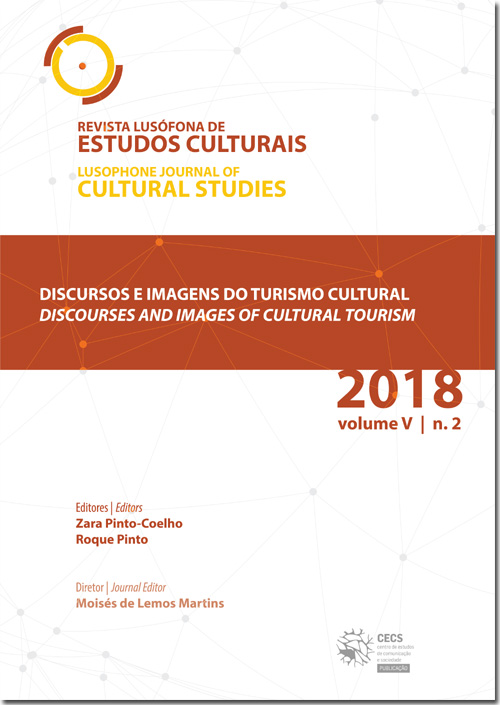The wine museums in Portugal: communicating the past and understanding and (re) building the wine cultural heritage
DOI:
https://doi.org/10.21814/rlec.345Keywords:
Local identities, wine culture, wine museums, wine touristAbstract
The wine museums are spaces of visitation, “guardians” of memory and of discourses about the past and present wine culture of the regions they represent. But they are also places of integration and interaction between history and identity, spaces of selection and exclusion, and also of subjective and selective memories. These spaces today assume two different roles and responsibilities: on one hand, the preservation, dissemination and (re)production with scientific rigor of this heritage, but on the other hand, they commit themselves to make it playful, attractive and pedagogical, adapted to targets and publics. They are therefore vital agents in the construction of a “wine culture”, an oenological culture in the regions in which they are integrated, nevertheless remaining selective. The number of wine museums in the Douro region has grown exponentially. For a better understanding of the wine culture in this region and its identity, promoted and valued through these spaces, the present study analyses a significant sample of the existing museums, how they organize and select their discourse. The main goal of this study is to better understand the role of these wine museums in the Douro region, how they help building the local wine culture. From the analysis carried out, it can be concluded that there is some discursive selectivity that values the historical “notables” of the land, the owners, and at the same time it often sheds social cleavages. It can also be noticed a strong religiosity, present in many of the exhibitions and collections. The hard land work is also very visible, centred on the technical aspects of grape and wine production and growth at its evolution for centuries. Many of these spaces are recent and others have been renovated, revealing that the region recognizes and values the existence of wine museums. They are, nevertheless and clearly, an added value for these territories of the Douro, both in their aspect of animation, creating dynamics and building cultural affirmation and identity that goes well beyond the wine heritage of the region. They are spaces that aggregate a cultural universe that represents and values more than the wine itself.
Downloads
Downloads
Published
How to Cite
Issue
Section
License
Authors own the copyright, providing the journal with the right of first publication. The work is licensed under a Creative Commons - Atribuição 4.0 Internacional License.












